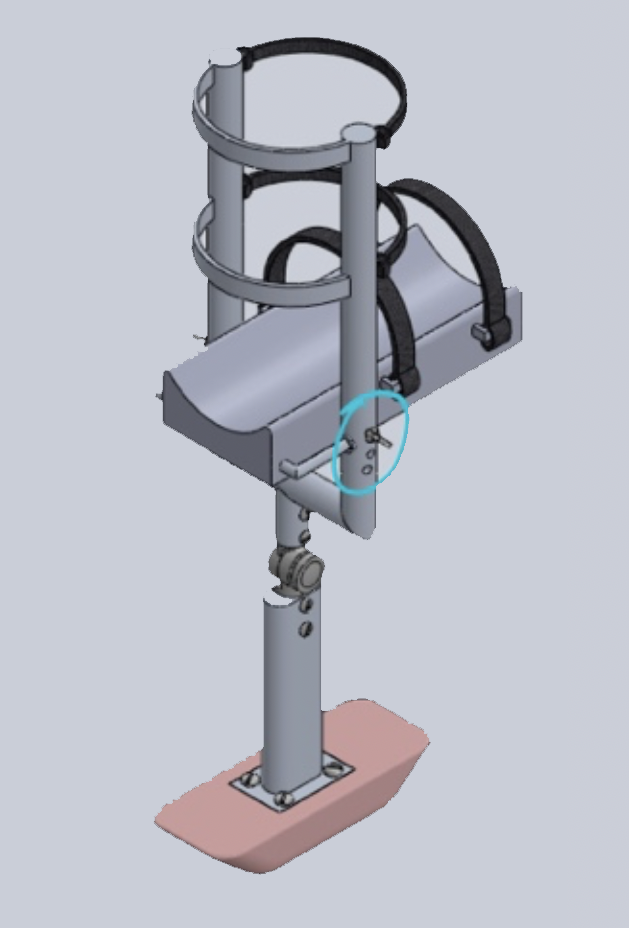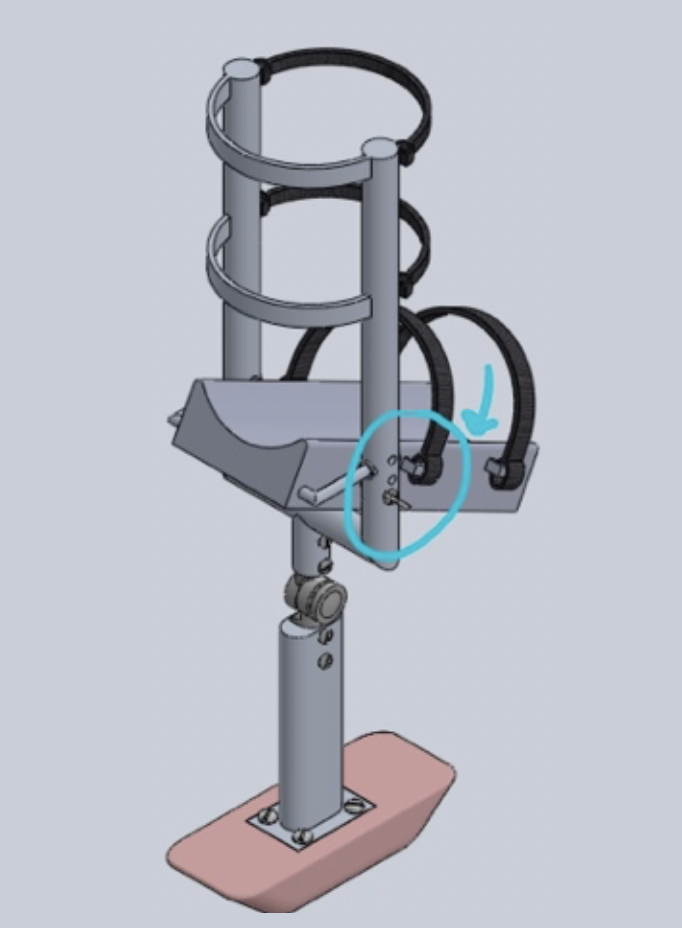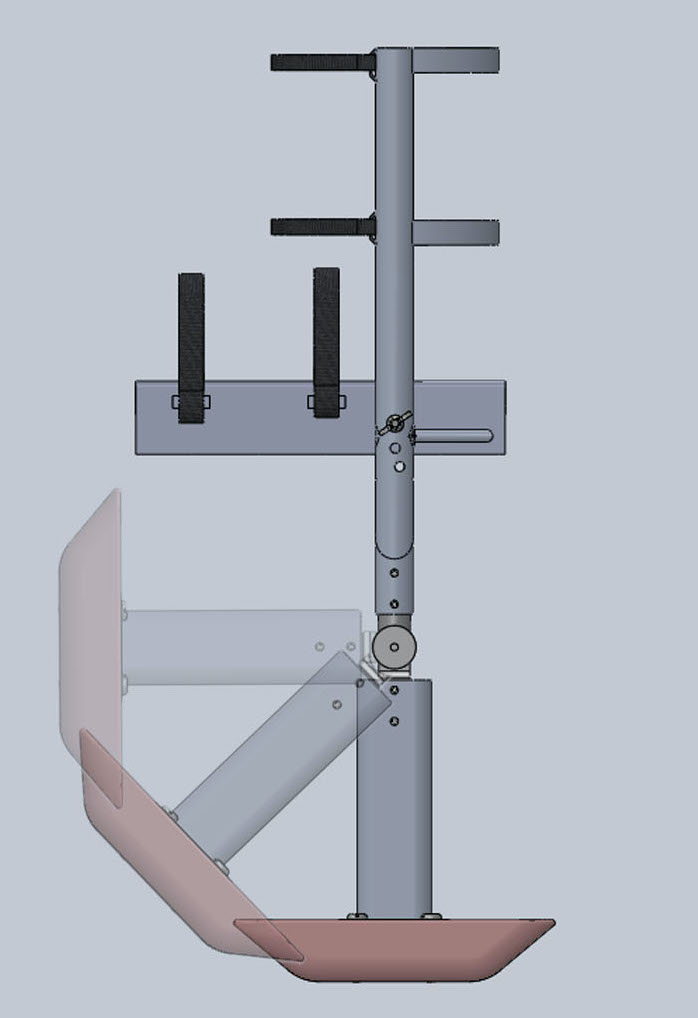Project Background
The freewalker is a support mechanism for lower leg injuries. I related to this issue personally, as I sprained my ankle falling down a set of stairs at a train station and lived with severely impaired movement for two months following it, not just due to my ankle injury, but also due to the lack of arm/hand mobility that using standard crutches caused. I was unable to carry things around at work, unable to hold up an umbrella, and many other challenges. This was the primary issue that I hoped to solve through the design of my device.
For any device of this type, the most important feature is that is keeps your injured leg stable and safe. I targeted this to be used by adults, so it had to be sized appropriately, and made from strong materials so as to endure a working/moving lifestyle. The main gap existing in most commonly used leg supports is mobility, as I described. This is supported anecdotally by many other people who sustain lower leg injuries, as deceased ability to use one’s arms and to safely traverse stairs can prove highly intrusive. As a result, this design had to be something that didn’t require the use of hands or arms. Finally, stability and safety were of importance, as users are already handicapped due to one injury and desire a way to minimize risk. So, the design had to take stability into account with whatever the support for the foot may be.
The Freewalker
The freewalker works by strapping one's leg into the thigh and shank of the user. From this point, I ensured that thee weight from the knee and upper leg would fall directly above the support leg, serving as a phantom leg of sorts. From this point, one is able to walk as normal, through the use of their upper leg.
Shank Support Piece
The shank support piece is held in place by a threaded rod, bolted to the thigh support with two wing nuts, chosen for the ease and lack of materials needed to screw and unscrew. There are three holes for the threaded rod to go through, going through both sides of the thigh support, and traversing the shank support. Each of these holes corresponds to a different angle that the shank would be supported at. This would allow the user to reposition their shank however is most comfortable for them, and however best suits their situation.
Support Leg and Foot
Additionally, the support leg it connected to the rest of the design through an incremental angle locking hinge. This allows for the support leg to be “put away” or folded to be more discrete when seated, or in storage.
The design of the foot was made so that there are fewer steep angles and a gentler curve in the forward direction of a foot, and steeper ankles on the sides. This means that movement is encouraged more in the forward/backward direction, ultimately enhancing stability.





